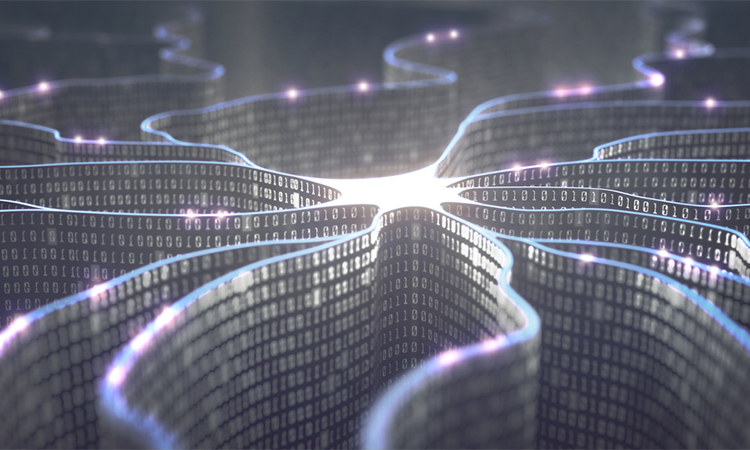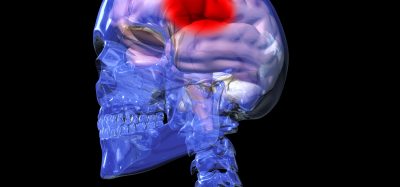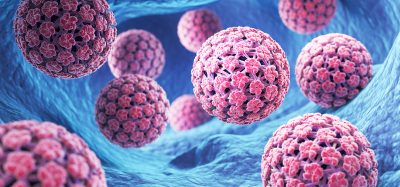AI-based screening method could boost speed of new drug discovery
Posted: 26 September 2022 | Ria Kakkad (Drug Target Review) | No comments yet
Using an AI algorithm that models drug and target protein interactions, researchers achieved up to 97 percent accuracy in identifying promising drug candidates.


Researchers at the University of Central Florida, US, have developed a new artificial intelligence (AI)-based drug screening process, which uses natural language processing techniques to model drug and target protein interactions. As reported in Briefings in Bioinformatics, the researchers achieved up to 97 percent accuracy in identifying promising drug candidates.
The technique represents drug–protein interactions through words for each protein binding site and uses deep learning to extract the features that govern the complex interactions between the two.
“With AI becoming more available, this has become something that AI can tackle,” said the study’s co-author, Assistant Professor Ozlem Garibay. “You can try out so many variations of proteins and drug interactions and find out which are more likely to bind or not.”
Automation now plays a central role in discovery. From self-driving laboratories to real-time bioprocessing
This report explores how data-driven systems improve reproducibility, speed decisions and make scale achievable across research and development.
Inside the report:
- Advance discovery through miniaturised, high-throughput and animal-free systems
- Integrate AI, robotics and analytics to speed decision-making
- Streamline cell therapy and bioprocess QC for scale and compliance
- And more!
This report unlocks perspectives that show how automation is changing the scale and quality of discovery. The result is faster insight, stronger data and better science – access your free copy today
The model the team have developed, known as AttentionSiteDTI, is the first to be interpretable using the language of protein binding sites. The researchers hope their findings will help drug designers identify critical protein binding sites along with their functional properties, which is key to determining if a drug will be effective.
The researchers made the achievement by devising a self-attention mechanism that makes the model learn which parts of the protein interact with the drug compounds, while achieving state-of-the-art prediction performance. The mechanism’s self-attention ability works by selectively focusing on the most relevant parts of the protein.
After validating their model using in-lab experiments that measured binding interactions between compounds and proteins, they then compared the results with the ones their model computationally predicted. As drugs to treat COVID-19 are still of interest, the experiments also included testing and validating drug compounds that would bind to a spike protein of the SARS-CoV-2 virus.
The researchers said the high agreement between the lab results and the computational predictions illustrates the potential of AttentionSiteDTI to pre-screen potentially effective drug compounds and accelerate the exploration of new medicines and the repurposing of existing ones.
“This enables researchers to use AI to identify drugs more accurately to respond quickly to new diseases”, said Mehdi Yazdani-Jahromi, the study’s lead author. “This method also allows the researchers to identify the best binding site of a virus’s protein to focus on in drug design.”
“The next step of our research is going to be designing novel drugs using the power of AI,” he concluded. “This naturally can be the next step to be prepared for a pandemic.”
Related topics
Artificial Intelligence, Bioinformatics, Drug Discovery, Drug Discovery Processes, Protein
Related organisations
University of Central Florida
Related people
Assistant Professor Ozlem Garibay, Mehdi Yazdani-Jahromi








